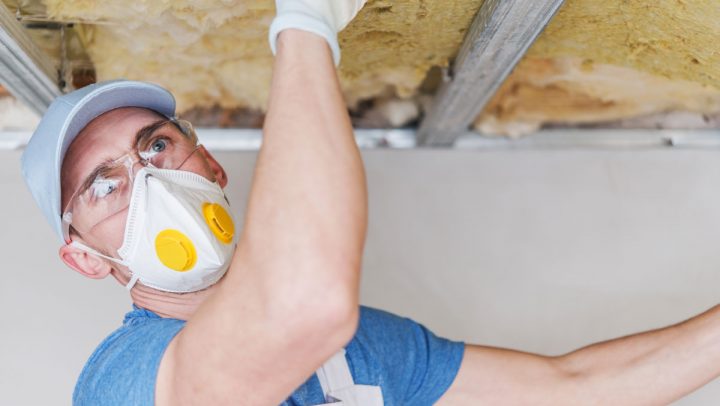Determining if your home contains asbestos can be challenging because asbestos fibers are not visible to the naked eye. Asbestos was commonly used in various building materials until it was largely banned for residential use due to health concerns. To assess the presence of asbestos in your home, consider the following steps:
- Know the Age of Your Home: Asbestos was widely used in building materials until the 1970s, and its use significantly decreased afterward. If your home was constructed before the 1980s, there is a higher likelihood of asbestos-containing materials (ACMs).
- Check Building Records: Consult building records, construction plans, or historical documents if available. These records may mention the use of asbestos in construction.
- Visual Inspection: Examine areas where asbestos-containing materials are commonly found, such as:
- Insulation: Check the insulation in your attic, basement, or around heating systems for signs of asbestos. Asbestos insulation is often loose, fluffy, and gray or whitish in color.
- Flooring: Some older vinyl and linoleum flooring products, including adhesive, may contain asbestos. Inspect the backing of the flooring or adhesive for asbestos labels.
- Textured Ceilings: Popcorn or textured ceilings (often referred to as “acoustic” or “cottage cheese” ceilings) used in homes constructed before the 1980s may contain asbestos.
- Pipe Insulation: Older heating pipes, ductwork, and boilers may be wrapped with asbestos-containing insulation.
- Consult a Professional: To definitively identify asbestos, it is best to hire a certified asbestos inspector or abatement professional. They can perform a thorough inspection and take samples for laboratory analysis. This is the most accurate and safe way to confirm the presence of asbestos.
- Do Not Disturb Suspected Materials: If you suspect that a material in your home contains asbestos, avoid disturbing it. Asbestos is most hazardous when its fibers become airborne and are inhaled. Do not drill, cut, sand, or otherwise damage these materials.
- Consider Asbestos Testing: If you are planning renovations or need to address suspected asbestos-containing materials, consider having the materials tested by an accredited asbestos testing laboratory. They can provide a definitive answer about the presence of asbestos.
- Manage or Remove Asbestos Safely: If asbestos-containing materials are identified and need to be removed or managed, hire an accredited asbestos abatement professional. They have the knowledge and equipment to safely handle and dispose of asbestos-containing materials.
It’s important to remember that asbestos is hazardous when its fibers become airborne, so if you suspect asbestos is present, take precautions and seek professional guidance. DIY testing or removal of asbestos is not recommended due to the health risks involved. Always follow local regulations and guidelines when dealing with asbestos in your home.
Asbestos is a naturally occurring mineral fiber that has been used in a variety of products for its fire resistance, strength, and durability. Some of the advantages of asbestos include:
- Fire resistance: Asbestos is highly resistant to heat and flames, making it a good material for fireproofing. It was often used in construction materials, such as roofing, insulation, and fire curtains.
- Strength: Asbestos is also very strong and durable, making it a good material for a variety of applications. It was used in products such as brake pads, clutch plates, and gaskets.
- Low cost: Asbestos is relatively inexpensive to produce, making it a cost-effective material for many applications.
However, asbestos is also a known carcinogen, and exposure to asbestos fibers can cause a number of serious health problems, including asbestosis, lung cancer, and mesothelioma. As a result, the use of asbestos has been banned or restricted in many countries.
Here are some of the products that used to contain asbestos:
- Building materials: Asbestos was used in a variety of building materials, including roofing, insulation, and fire curtains.
- Automotive parts: Asbestos was used in brake pads, clutch plates, and gaskets.
- Household appliances: Asbestos was used in some appliances, such as toasters and hair dryers.
- Textiles: Asbestos was used in some textiles, such as fireproof clothing and carpets.
- Pipes: Asbestos was used in some pipes, such as those used for carrying hot water.
If you are concerned about asbestos in your home or workplace, you should contact a qualified professional to have it tested.
Classroom & Online
The Asbestos Institute has provided EPA and Cal/OSHA-accredited safety training since 1988. From OSHA 10 to hazmat training and asbestos certification, our trusted and experienced instructors make sure participants get the high-quality initial and refresher training they need.
Classroom
We train on-site at our headquarters in Phoenix, AZ or at our clients’ sites across the U.S. We offer both English and Spanish courses. Browse Classroom Classes
Online
Online courses allow you to align your learning with your personal schedule. This is a great option for students with family and work commitments. Browse Online Classes
Webinar
Live webinars allow you to watch instructors on demand from the comfort of your home or office. Learn, chat with other students, and ask questions in real-time. Browse Live Webinars
Disclaimer
The Asbestos Institute is not the official authority to determine OSHA training requirements, which are set forth in the Occupational Safety and Health Act of 1970. OSHA regulations are always being revised, added, and/or deleted, so you must not rely on The Asbestos Institute as the official authority of OSHA asbestos training requirements. Visit the official OSHA Asbestos Training Requirements page here.


